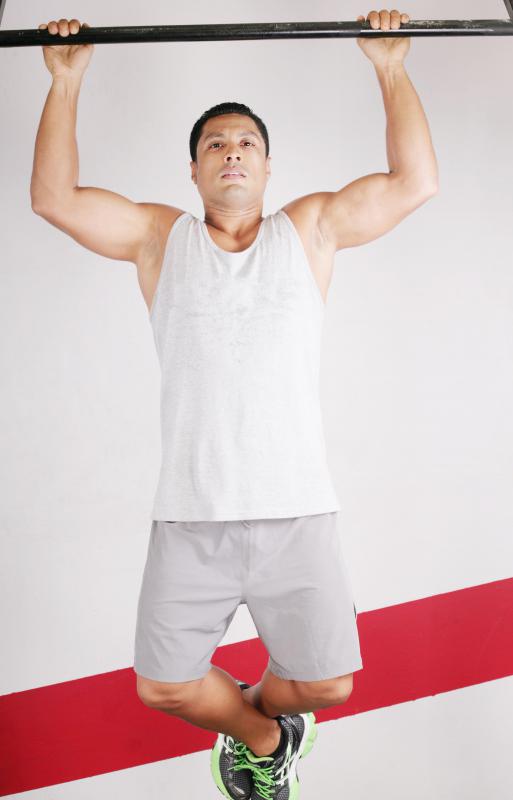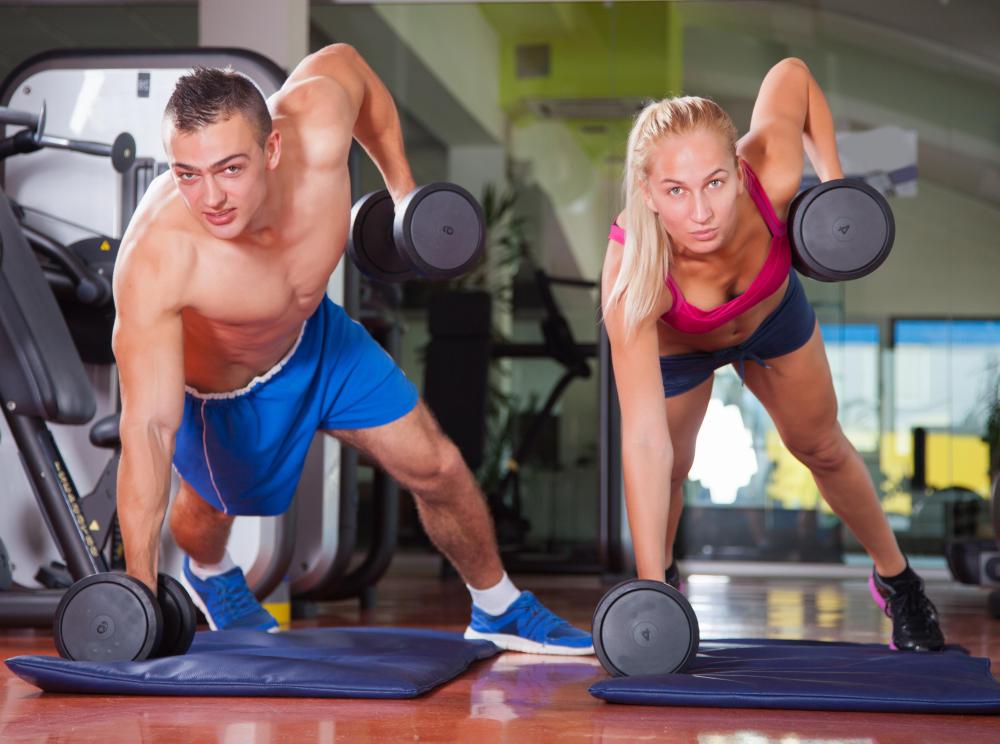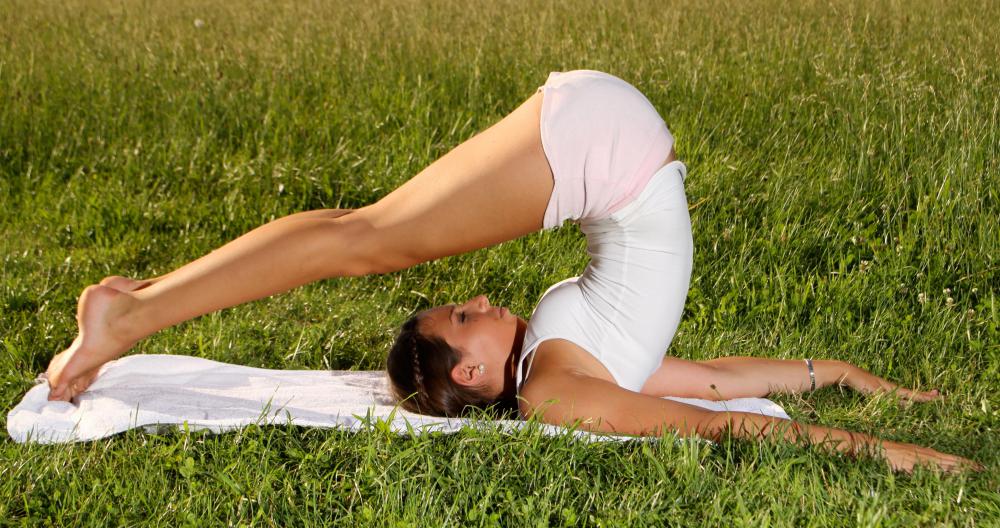At TheHealthBoard, we're committed to delivering accurate, trustworthy information. Our expert-authored content is rigorously fact-checked and sourced from credible authorities. Discover how we uphold the highest standards in providing you with reliable knowledge.
What is the Lat Muscle?
The lat muscle, or latissimus dorsii is a large, roughly triangular skeletal muscle which stretches from near the spinal column across the back and up under the armpit to join the humerus, the upper arm bone. Each person has two latissimus dorsii muscles, one on each side of the body. The lat is one of a group of muscles responsible for several movements of the arm and shoulder joint.
Muscles of the back are among some of the largest in the human body, and the lat muscle is the largest of these. Its full name, latissimus dorsii means "broadest muscle of the back" in Latin and this muscle is an important part of the complex of muscles that perform a wide variety of movements of the arm and shoulder. Motions governed or aided by the lat include extension, flexion, adduction, and rotation of the shoulder joint.
The latissimus dorsii also performs secondary functions in regards to movement of the torso and spine. It acts in a synergistic fashion with other muscles of the torso to extend and flex the lower spine. It also serves to help stabilize the torso.

The basic structure of the lat muscle is the same from person to person, but details of its attachment to the spine and interaction with other muscles may vary between individuals. The broad, fan-shaped portion near the spine attaches at various points to the vertebrae; it may attach to as few as four or as many as eight vertebrae. The muscle may or may not attach to the iliac crest. A small extension of the muscle may envelop the tendon which attaches the lat muscle to the humerus.

The lat muscle is commonly targeted during exercise, both in weight training and in low-impact, highly aerobic activities. Classic weight lifting motions like the dead lift and dumbbell row are good for exercising the lats. Some other common exercises that work these muscles are chin-ups, pull-ups standard rows, and pull downs. Many of these exercises also engage other muscles like the trapezius, deltoid, and biceps.

Tightness of the lat muscle can cause pain in many ways. Chronic back pain is the most common. Its connection to the upper arm and shoulder-motion functions can also cause pain in these areas if the lat is overly tight. A good stretching exercise for the lat muscle is to extend both arms upward and slightly behind the head, fingers interlaced, palms facing upward.
AS FEATURED ON:
AS FEATURED ON:

















Discussion Comments
I feel like I have done any and every lat exercise there is and now I am bored with them. Does anyone have any unique lat workouts they could tell me about? Just something to break up the routine and hopefully get my muscles to wake back up.
A lot of people overestimate the strength of their lats when they start lifting weights or doing a regular workout routine. That was the case with me and I ended up straining mine pretty badly on just the second day in the gym.
The injury was so bad that I had to stay out of the gym for almost a month and let it recover. Luckily it didn't involve any doctors or pills but it was painful.
The moral is to know your limits and to go slowly. There is no shame in starting with a light weight. And even a light workout is better than being sidelined with no workouts for almost a month.
What are the best exercises for toning up the lats? I have always thought that this was one of the sexiest looking muscles and I would like mine to have more shape and definition.
But that being said, I do not want mine to get huge. I like lats, but not body builder lats. Is there a way for me to develop that muscle without super sizing it?
Post your comments